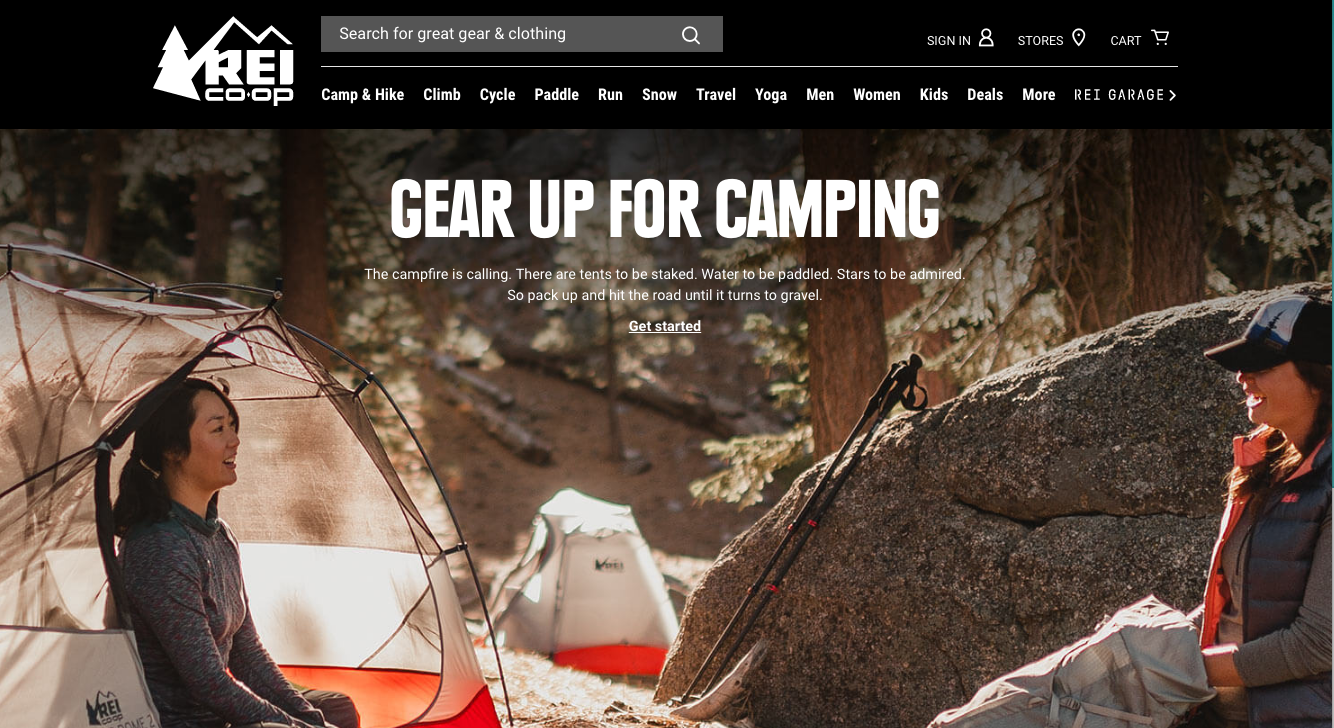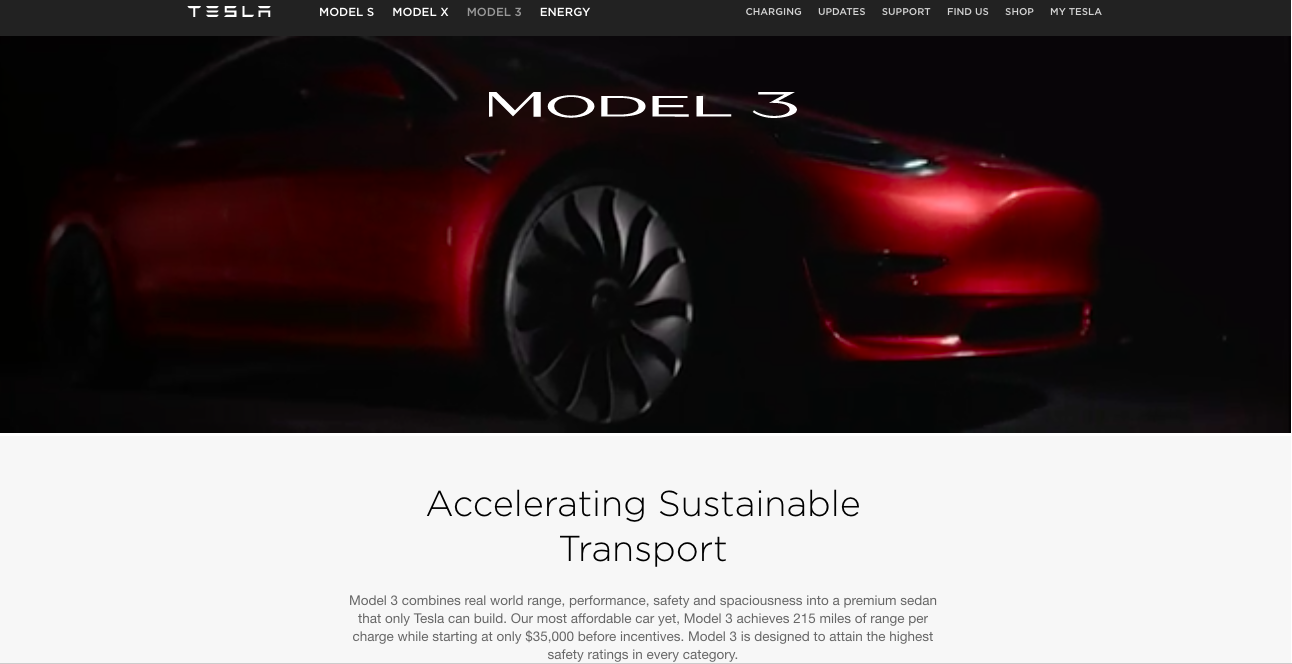In the movie The King’s Speech, the problem is clear, right? King George VI (played by Colin Firth) struggles with a debilitating stutter. And as we follow the story, we realize it’s more than that. He also struggles with deep self-doubt about whether or not he has what it takes to rule.
But if he doesn’t overcome those problems, so what? To make a story truly captivating, the stakes have to extend beyond the character and into the world at large.
With the Nazis gaining power and World War II on the horizon, King George VI needs to be able to inspire and unify his people against this great evil. And he can’t do that if he stutters through every radio address.
The philosophical problem in a story is about something even larger than the story itself. It asks, “Why does this story matter in the overall epic of humanity?”
Philosophical problems matter deeply in stories and in our businesses
We want to be involved in stories that are bigger than ourselves.
And it’s as true in The King’s Speech as it is in the stories and messages our brands express.
Is there a deeper story your brand contributes to? Can your products be positioned as tools your customers can use to fight back against something that ought not be?
If so, let’s include those “philosophical” stakes in our messaging.
More meaning means more value
Brands that connect their products and services to an ideal of how things should be create greater value for their products.
When Howard Schultz purchased Starbucks, he offered the idea that Americans should have a place to slow down, talk to each other, and create a community in the same way that Europeans do. Because of this, he was able to charge nearly eight times more for a cup of coffee.
A global management consulting firm we worked with dialed in the message that everybody deserves to work for a great manager.
A pet store owner came to us and ended up with a sign that read, “Pets deserve to eat great food, too.”
CarMax puts the stakes right there in their tagline, acknowledging and rebutting the sleazy tactics we associate with buying a car: “The way car buying should be.”
In every case, these brands give their customers a voice in a larger narrative, which helps them align their buying decisions with their ideals of how the world should be.
The ultimate brand promise
Of course, we can’t only focus on this kind of philosophical messaging. We also have to make sure we’ve spoken to the practical, external problems our customers are facing as well as the internal fears and motivations they may have.
(If you’re not sure what I mean by that, go read this blog post, and then come back.)
But if we really want to deliver value to our customers, we can resolve all three at once.
Storytellers use this formula all the time. When Luke Skywalker shoots the photon blaster through the little hole in the Death Star, he actually resolves three things: one, the external problem of destroying the Death Star; two, the internal problem of whether or not he has what it takes to be a Jedi; and three, the philosophical problem of good vs. evil. That all happens with the press of a button.
It’s a powerful moment and it works on us as the audience. Why? Because we experience those three levels of problems in our everyday lives. And we long for resolution for all three.
Here’s how this strategy takes shape in some popular, successful brands:
REI

External problem: I need a tent.
Internal problem: I long to be the kind of person who goes on adventures.
Philosophical problem: With all our modern problems, people should spend more time in nature.
Tesla Motor Cars

External problem: I need a car.
Internal problem: I feel cool when people see me driving the latest technology.
Philosophical problem: I should to do my part to save the environment.
Panera

External problem: I’m hungry.
Internal problem: I want to feel good about my food choices.
Philosophical problem: Food shouldn’t have artificial ingredients.
If we really want our businesses to grow, we should position our products as the resolution to an external, internal, and philosophical problem and frame the “buy now” button as the action a customer must take to resolve the story.
The idea of identifying a “villain” may seem daunting, but it will come to you if you commit to deep, focused brainstorming.
Is there a single villain your brand stands against? If so, how do you incorporate it in your messaging? I’d love to hear from you in the comments. Be sure and include a link so we can all check out what you’re doing.
–
This article first appeared in www.buildingastorybrand.com
Seeking to build and grow your brand using the force of consumer insight, strategic foresight, creative disruption and technology prowess? Talk to us at +9714 3867728 or mail: info@groupisd.com or visit www.groupisd.com


